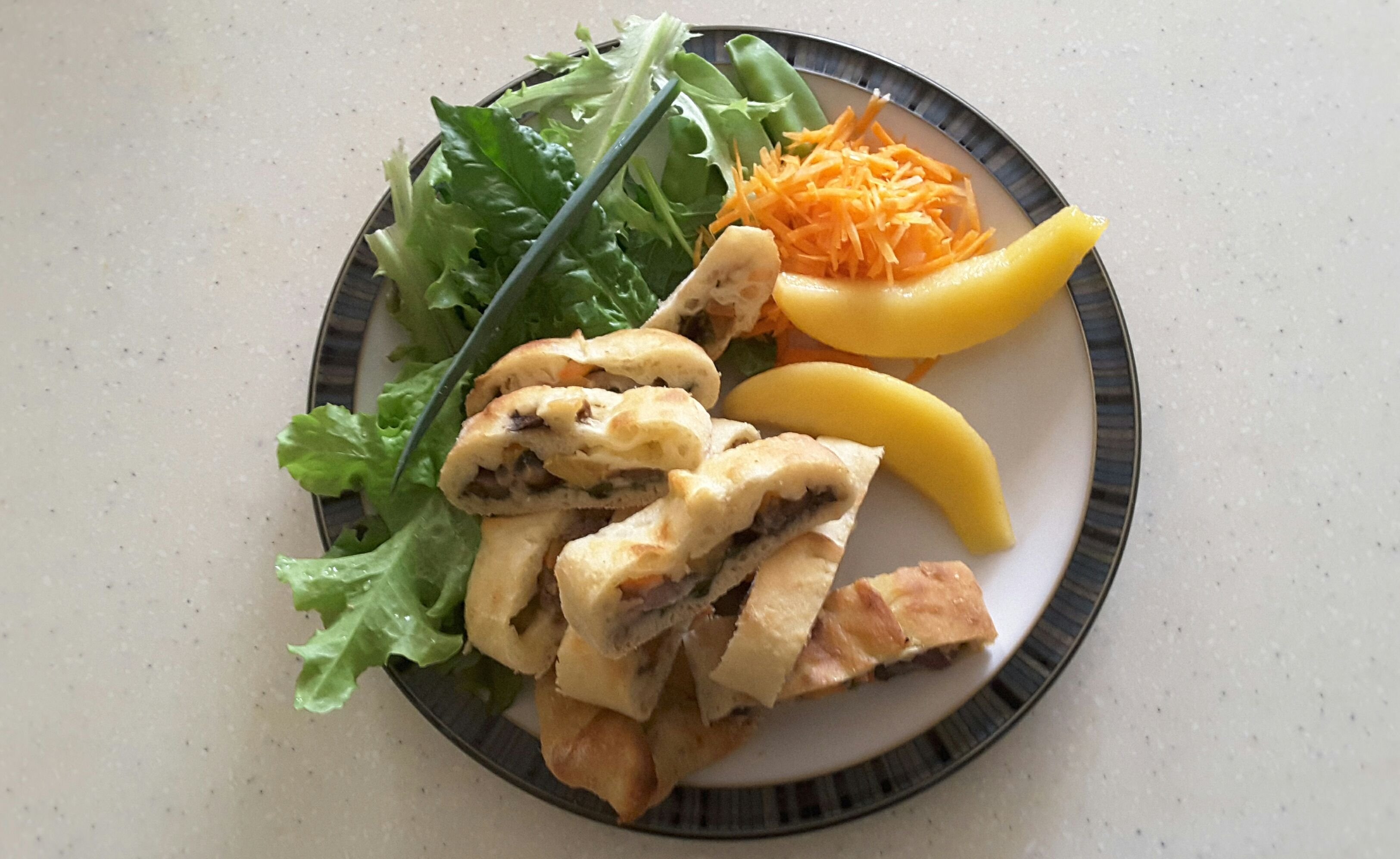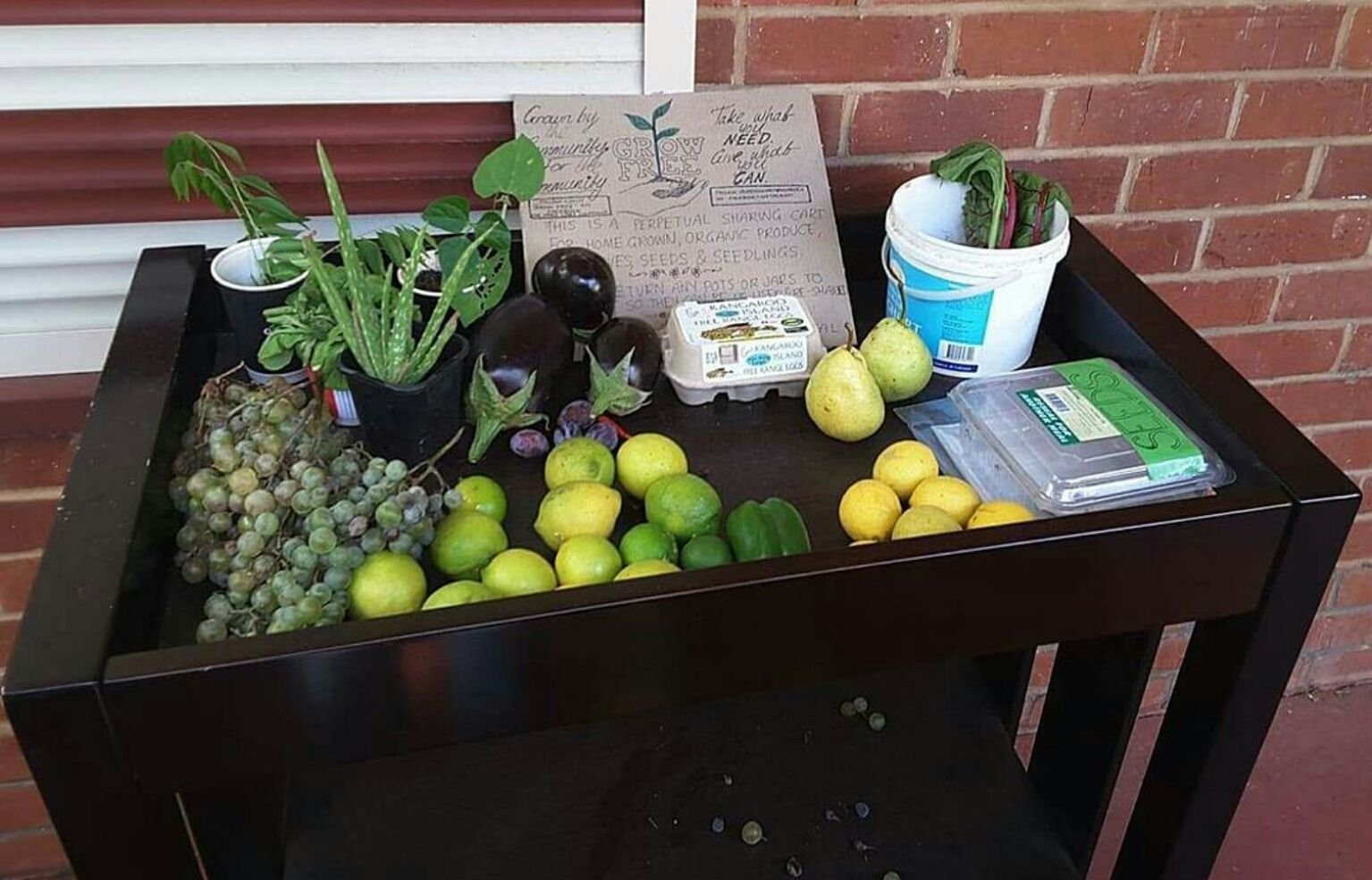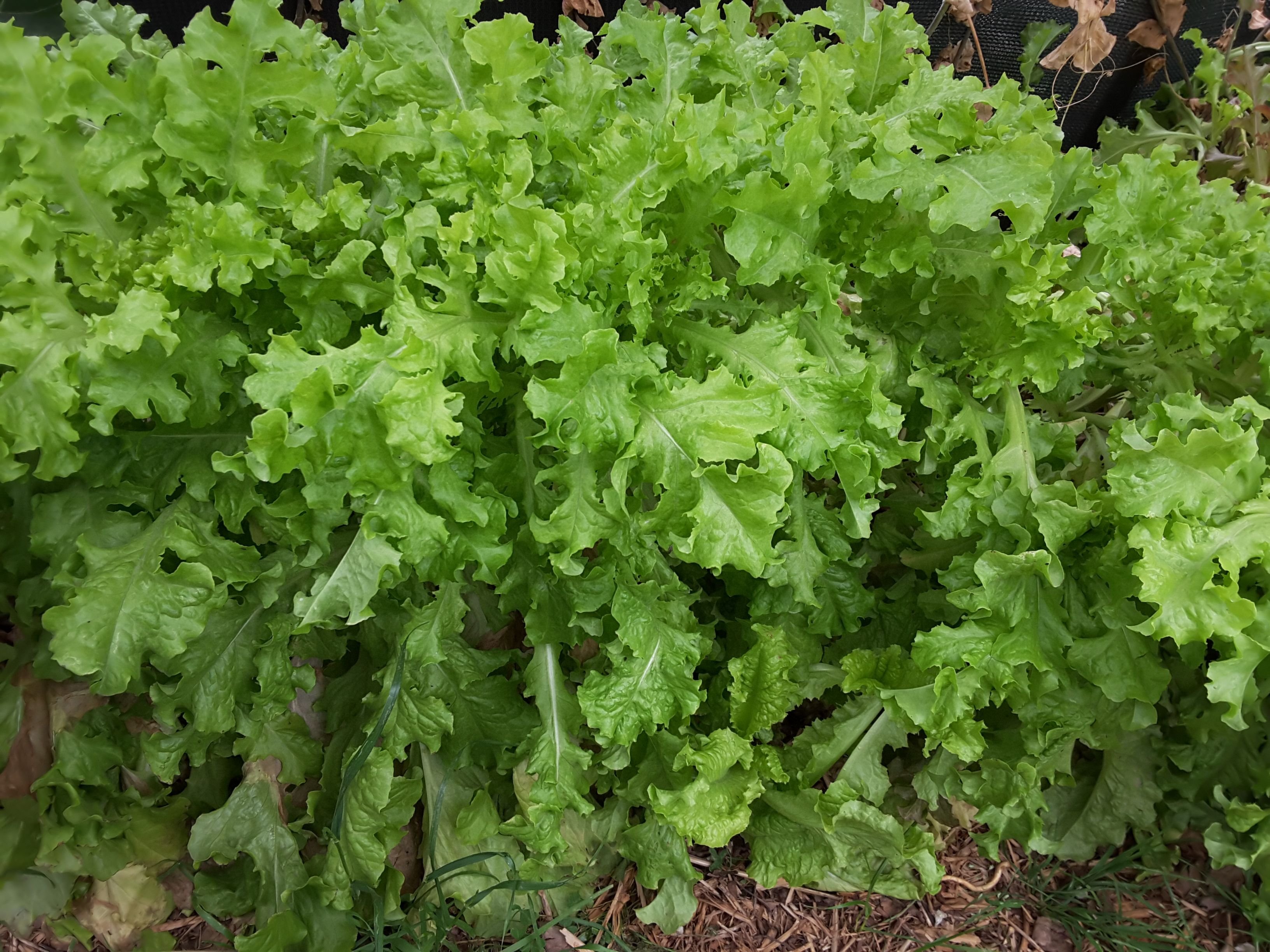In my first post one of the things I highlighted was the inability of some to buy food that doesn't support destructive farming practices. So in this post I'll talk about some ways that people have tried to address this.

When a meal comes together and it didn't cost money!
Guerrilla Gardening:
When I started looking into how we could get good organic food to all, I was pleasantly surprised to find some initiatives already gaining traction. First I heard about Ron Finley, the guerrilla gardener. He started growing food on the verge outside his house, when he got fed up of having to drive for 45 minutes just to be able to buy an apple that wasn't covered in toxic substances. Many people in his area didn't even have this option because they couldn't afford to do this. It's a fantastic story that has grown in more ways than one and hasn't been without it's fights, but now his neighbourhood is a food growing community, growing wherever they can find some soil. The food is there for everyone and the etiquette is, if you pull something out plant something else in its place.
Grow Free:
Closer to home for me is the Grow Free initiative started by Andrew barker in South Australia.

One of the Grow Free carts in Adelaide
Andrew came up with the idea of having a cart where growers could share seeds, seedlings and excess produce in order to help others start up gardens and swap good, healthy produce. It would be available to everyone to take whatever they needed whether or not they had something to give in return. He started out with a Facebook group with tips on setting up your own cart and a list quickly started growing of carts across South Australia, spreading to Melbourne and then interest in the concept came in from other countries. Recently a website has also been set up so even if you don't want to touch Facebook you can keep up to date with where all the carts are.
These carts are enabling people to reach out in so many ways to others, whether it's like minded people or people in need. However, Grow Free is about more than just the carts as Andrew so often says. He also rallies volunteers to cook for people in need at a salvation army cafe.
At the time of writing this website is still a work in progress, but still with a look: http://www.grow-free.org/
Food is Free:
The first mention I heard of the Food is Free concept was when someone asked me if I'd heard of the Food is Free Laneway in Ballarat, Victoria, Australia. This is an access way between houses where locals have got together and they fill up racks with produce, seeds, seedlings and plants for anyone to use. They even have a tumbling composter where people can bring any organic waste to be composted. Lots of volunteers keep everything organised in all weather.
See their Facebook page here.

When you've got surplus growing why not share it?
Like Andrew, the Food is Free project seems to run on the belief that food should be as free as the air we breathe and like the air we shouldn't have to endure it polluted.
Read more about the project here.
The Pros and Cons
I love everything about all of these projects and as they continue to expand they should come within reach of more and more people. It's something anyone can do, just reach out to neighbours and friends and share. We shouldn't have to pay to live and we shouldn't have to eat chemical laden food to live if we can't afford real food. The reason for hunger is not lack of food in the world, it's a lack of the ability of some to pay for it.
They bring fresh seasonal produce back to us and nothing from supermarkets tastes better than that. Unfortunately we are a culture used to getting what we want, whenever we want. Will seasonal ever be enough for some? Seasonal can also mean lean periods, especial in areas where you can't grow year round. My concern with this is that people will feel they then have to turn back to cheap chemical covered foods to fill in the gaps. Although I suppose for some growers with enough space a greenhouse could help extend growing seasons.
The last note is that this addresses the plant side of food, but apart from eggs occasionally, not the animal side of food as due to their perishable nature and the risks of food poisoning they are not something you want to be risking leaving out in these sorts of situations. So while projects like this have the potential to make a huge impact on how our fruits and vegetables are farmed, they don't have much, if any, impact on the animal farming industry.
You can read my first post on this subject here:
@minismallholding/taking-back-control-of-our-food-production-what-s-already-being-done
You can also find us on:
Instagram: https://www.instagram.com/minismallholding/
Facebook: https://m.facebook.com/minismallholding/
YouTube: https://m.youtube.com/channel/UCBwcsmyIkW_hIEJdLUSd44g
